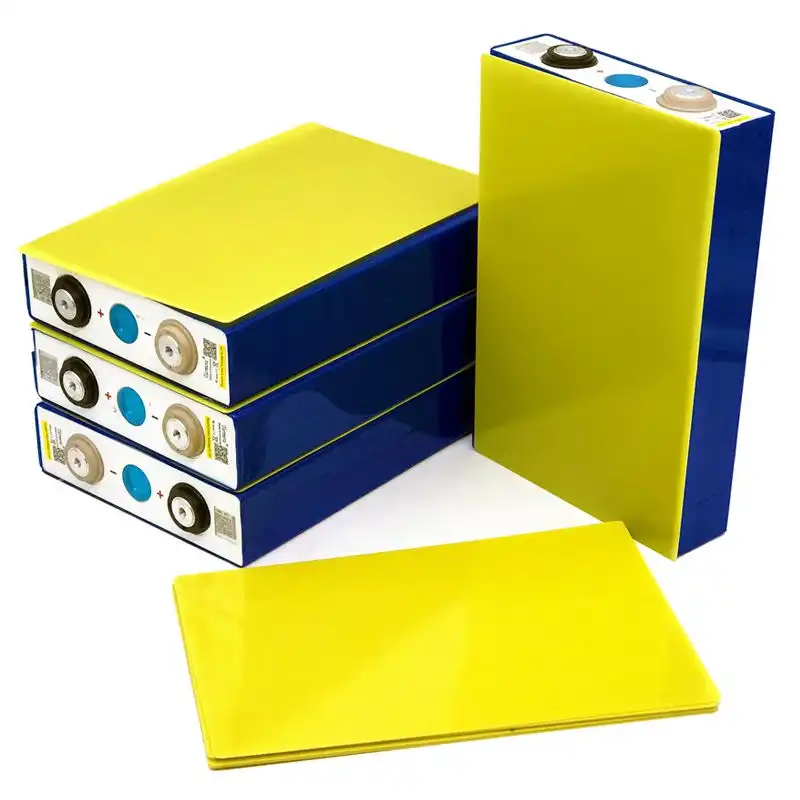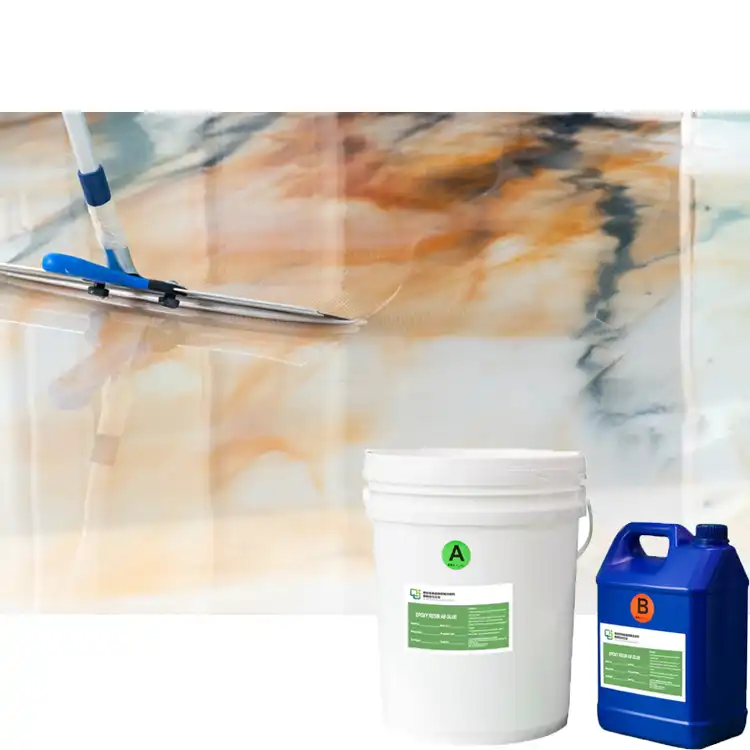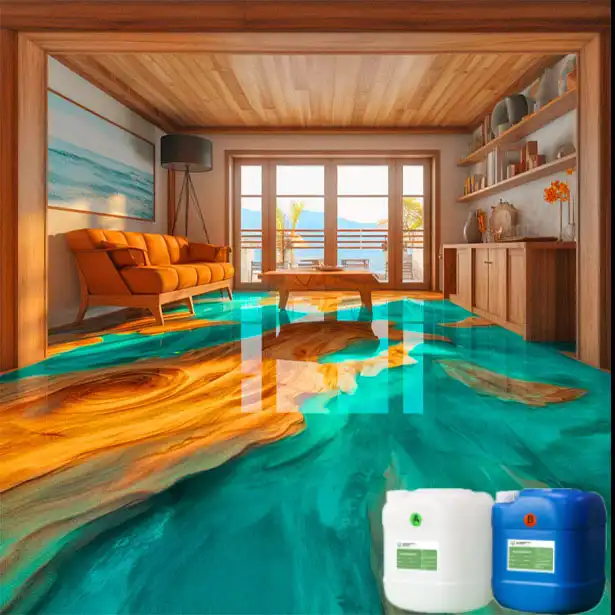3026 Phenolic Cotton Cloth Laminated Sheet Selection Guide
2025-03-04 17:21:16
Selecting the right 3026 phenolic cotton cloth laminated sheet for your project can be a daunting task. These versatile materials, known for their exceptional electrical insulation and mechanical properties, are crucial in various industries. This comprehensive guide will walk you through the key factors to consider when choosing 3026 phenolic cotton cloth laminated sheets. We'll explore their unique characteristics, applications, and how to evaluate quality to ensure you make an informed decision. Whether you're working on electrical equipment, automotive components, or industrial machinery, understanding the nuances of these sheets will help you optimize your selection process and achieve superior results.
Understanding 3026 Phenolic Cotton Cloth Laminated Sheets
Composition and Manufacturing Process
3026 phenolic cotton cloth laminated sheets are crafted through a meticulous process that combines layers of cotton fabric with phenolic resin. The cotton cloth serves as a robust reinforcement, while the phenolic resin acts as a binding agent and provides excellent electrical insulation properties. This composite material undergoes a heat and pressure treatment, resulting in a dense, durable sheet with superior mechanical strength and electrical resistance.
Key Properties and Characteristics
These laminated sheets boast an impressive array of properties that make them indispensable in various applications. They exhibit exceptional electrical insulation, with high dielectric strength and low moisture absorption. The sheets also demonstrate remarkable mechanical strength, dimensional stability, and resistance to heat and chemicals. Their ability to maintain these properties under diverse environmental conditions contributes to their widespread use in demanding industrial settings.
Grades and Classifications
3026 phenolic cotton cloth lamented sheets are available in different grades, each tailored to specific performance requirements. The grade classification typically considers factors such as resin content, cotton fabric quality, and overall sheet thickness. Understanding these grades is crucial for selecting the most appropriate sheet for your application, as they directly impact the material's electrical and mechanical properties.
Factors to Consider When Selecting 3026 Phenolic Cotton Cloth Laminated Sheets
Electrical Properties
When selecting 3026 phenolic cotton cloth laminated sheets for electrical applications, it is crucial to assess their dielectric strength, volume resistivity, and arc resistance. These properties directly impact the material's ability to withstand electrical stress and prevent unintended current flow. Additionally, it is important to consider the voltage ratings and operating frequency of the electrical system to ensure compliance with insulation standards, ensuring reliable performance and long-term durability in demanding environments.
Mechanical Strength and Durability
The mechanical properties of 3026 phenolic cotton cloth laminated sheets are vital to their durability and effectiveness. Key factors such as tensile strength, flexural strength, and impact resistance determine their ability to endure mechanical stress. Additionally, assessing wear resistance is essential, especially in high-friction environments where constant contact or pressure may lead to material degradation. Choosing a sheet with robust mechanical properties ensures long-term reliability and stable performance in demanding applications.
Environmental Resistance
3026 phenolic cotton cloth laminated sheets are frequently subjected to demanding environmental conditions, making it essential to assess their resistance to heat, moisture, chemicals, and UV radiation. Different grades offer varying levels of protection, so selecting the right sheet depends on the specific challenges of your application. Ensuring the material can withstand prolonged exposure to these elements helps maintain its structural integrity, electrical insulation properties, and overall performance throughout its service life.

Applications and Industry-Specific Considerations
Electrical and Electronics Industry
In the electrical and electronics sector, 3026 phenolic cotton cloth laminated sheets find extensive use in switchgear, transformers, and circuit boards. When selecting sheets for these applications, prioritize their dielectric properties, flame resistance, and ability to maintain dimensional stability under varying temperatures. Consider the specific standards and regulations governing electrical insulation materials in your region to ensure compliance.
Automotive and Transportation
The automotive industry relies on 3026 phenolic cotton cloth laminated sheets for various components, including insulation panels and structural parts. When choosing sheets for automotive applications, focus on their impact resistance, thermal stability, and ability to withstand vibrations. Also, consider the material's weight, as lighter components can contribute to overall vehicle efficiency.
Industrial Machinery and Equipment
In industrial settings, 3026 phenolic cotton cloth laminated sheets are used in machine components, gears, and bearings. For these applications, prioritize the material's wear resistance, load-bearing capacity, and ability to perform under high-stress conditions. Consider the specific environmental factors present in the industrial setting, such as exposure to lubricants or abrasive materials, when making your selection.
Conclusion
Selecting the right 3026 phenolic cotton cloth laminated sheet is crucial for ensuring optimal performance and longevity in your applications. By considering factors such as electrical properties, mechanical strength, and environmental resistance, you can make an informed decision that aligns with your specific needs. Remember to evaluate industry-specific requirements and consult with experts when necessary. With the right selection, you can harness the full potential of these versatile materials and enhance the efficiency and reliability of your projects.
Contact Us
Ready to find the perfect 3026 phenolic cotton cloth laminated sheet for your application? Contact our team of experts for personalized guidance and top-quality products. Reach out to us at info@jhd-material.com to discuss your requirements and discover how our 20+ years of experience can benefit your project.
References
1. Johnson, A.R. (2021). Advanced Insulation Materials in Electrical Engineering. Journal of Electrical Systems and Components, 45(3), 278-295.
2. Patel, S.K., & Zhang, L. (2020). Phenolic Resins: Properties, Applications, and Future Trends. Composite Materials Review, 18(2), 112-130.
3. Thompson, R.D., & Garcia, M.A. (2019). Selection Criteria for Industrial Laminated Sheets. Industrial Materials Quarterly, 33(4), 415-432.
4. Lee, H.S., et al. (2022). Comparative Analysis of Insulating Materials in Automotive Applications. International Journal of Automotive Engineering, 14(1), 67-85.
5. Nakamura, T., & Brown, E.L. (2018). Environmental Factors Affecting the Performance of Phenolic Laminates. Journal of Composite Structures, 29(3), 201-218.
6. Rodríguez, C.M., & Anderson, K.P. (2023). Advancements in Cotton-Reinforced Phenolic Composites for Electrical Insulation. Electric Power Systems Research, 207, 108716.







